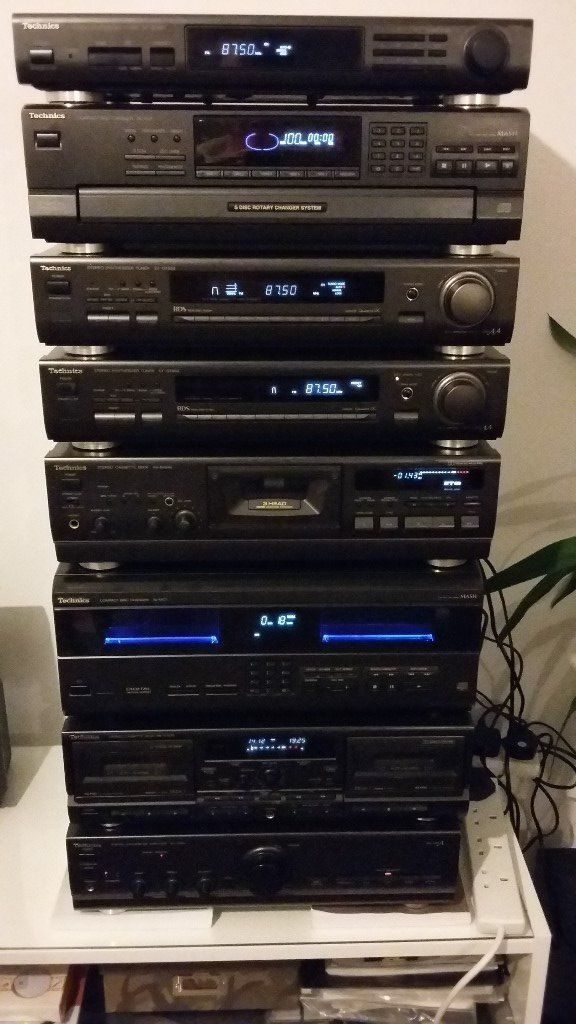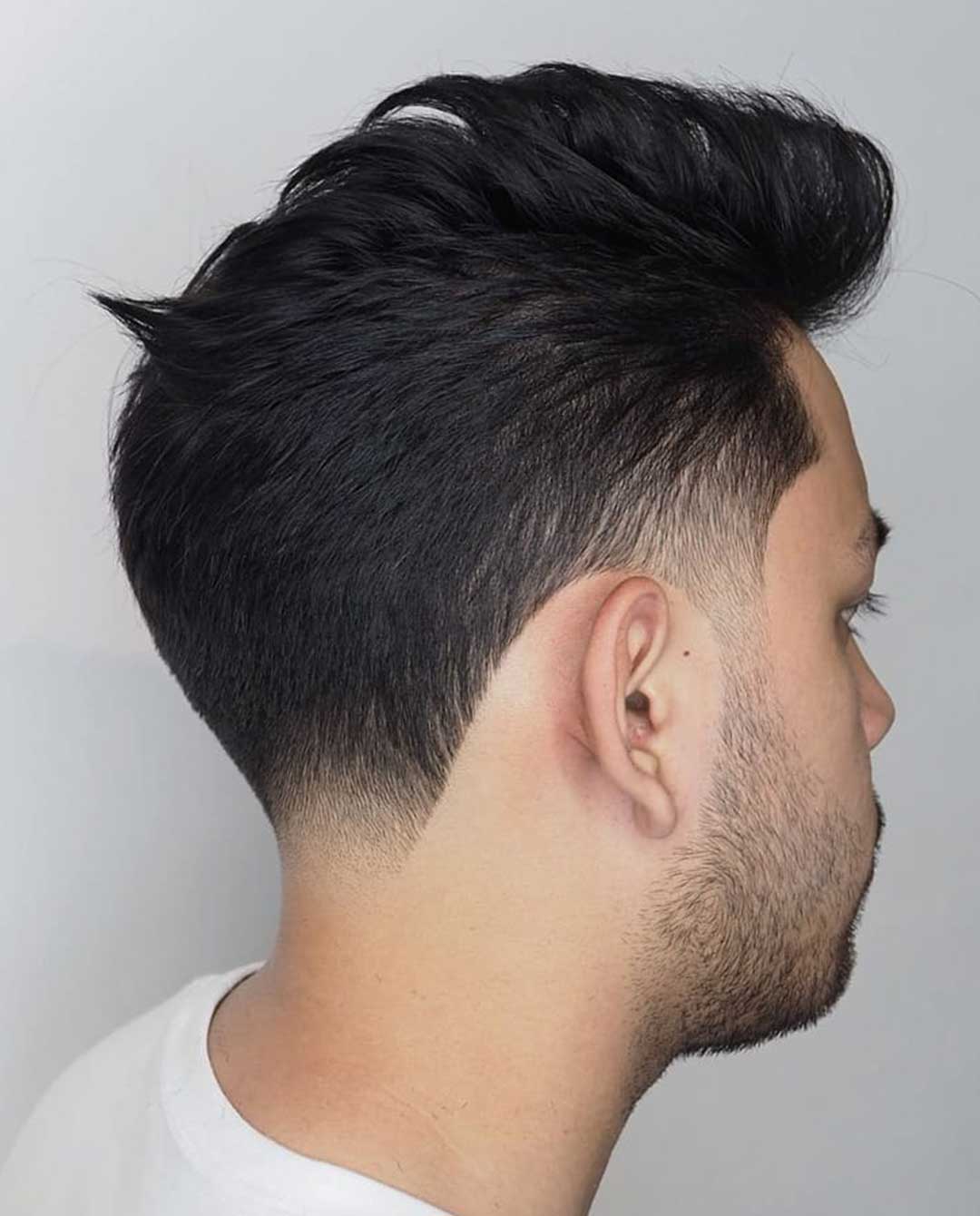Table of Content
The veneered box, still with protective plastic sheathing on the veneer, after all sides are completed. In between panels, the overhanging edges of the veneer were carefully trimmed with a router equipped with a flush-trim bit. In the end, getting an acceptably smooth finish required two coats of spray primer and a couple of coats of black enamel. First, find an image you would like to put onto the speaker. I chose a hibiscus flower for the front, simple logo for the bottom and a couple others.
It's great software, but don't forget to factor in the cost of LMS as well. If you've never designed a speaker before you might want to go with soundeasy. It's much cheaper and does nearly everything that LEAP does.
What this how-to guide covers
Although 1st order is simple and easier to build it’s not ideal unless you have a specific reason to do so. Another benefit is that they provide an in-phase speaker output when used correctly (I’ll cover this later). Adam has put together another fine looking set of Do-It-Yourself Speaker Cables for his DIY 3-Way Hi-Vi Tower Loudspeakers. The cables are very simple to construct and are comprised of 16 gauge wires that are twisted together in alternating directions. The cable geometry results in a very low-inductance speaker cable with an equivalent wire gauge 10 so insertion losses are also low. Rogers has built an improved version of his popular and simple low voltage 12AU7 / IRF612 Headphone Amplifier .

Build a box, cut a couple of holes, throw in some speakers, and wire them together. Well, it is almost that simple, but also much more complicated. You can make an OK sounding system by doing this and it could be done in less than a day. To do it right, you should spend some time with speaker selection, finding drivers that work well together.
The 100 Greatest TV Shows of All Time
In this DIY attenuator project Matt uses an inexpensive ladder type stepped attenuator to make a passive stereo volume control. The switched attenuator comes fully assembled and uses 1% precision metal film resistors on a make before break 2-pole 24-position switch. Checking noise, Matt found that the stepped attenuator has a noise figure which is about 26dB lower than a PEC hot molded carbon potentiometer of the same value. This attenuator project is simple to build and should save you some money if you are in the market for a passive hi-fi volume control. I always wanted to splurge and get a copy of this software for my speaker building hobby-this is the SW that Madisound uses for their custom crossover and speaker design services. If you’re looking for a fun new project, we’ve rounded up a few of KMA’s coolest DIY built kits below.
To connect your speakers to your Bluetooth receiver, you’ll need to purchase a custom cable. This wireless bluetooth speaker is a great way to bring music to your desk, or just to be your own personal DJ when relaxing in the living room. DIY Bluetooth speakers have been popping up everywhere- this freestanding option is particularly gorgeous. You see them on Instagram, you see them in the comments of YouTube videos, and now you can buy them. I think this is a great project to start with and it’s not a big deal if you ‘mess up’ during the build. This article on Instructables showss how to build your own Bluetooth speakers at home.
Loudspeakers
Going by the crossover schematic, connect each section to the next and double-check your work. You can also use crimp connectors instead of a soldering iron and solder, although I personally recommend soldering for the best connection possible. Breadboard or other flat material for a mounting surface. In that case, you’d buy a 4.7uF one if it’s reasonably easy to get but if not, the good news is there’s another way.
The easiest method is to get a basic speaker kit to build your own speaker. However, if you cannot find a speaker kit, you can purchase everything that normally comes in a kit individually. Some key things you will need in order to build custom speakers are listed below. Building a speaker for your personal use is a fun way to learn something new. It allows you to design the speaker based on your dream specifications, so it serves the exact purpose you want.
#6. BT Home DIY Speaker
The assumption many people make is that a single subwoofer can be placed anywhere in the room because low bass is omnidirectional. So there is no need for expensive large woofers in your main speakers. Since subwoofers are usually self powered you don't need as powerful an amplifier for your main speakers either. If you're hooked on the idea of wireless audio, but don't want to replace your perfectly capable wired speakers with the wireless kind, a digital media adapter may be the way to go.
Mark has put together his second set of the Fostex FE206En double bass-reflex speakers. The speaker box plans are from the datasheet that was supplied with the drivers. The loudspeakers use a single Fostex FE206En fullrange driver and no crossover. The sensitivity of the drivers is about 96 dB / 1W / 1m, so the double bass-reflex speakers are well suited for use with flea and low power tube amps.
Like the previous projects the driver stage is an SRPP but this time with the 12SL7 tube. Check out the Parts-Express.com Speaker Projects Gallery for a wide range of DIY Loudspeaker projects. The Speaker Projects Gallery features over 50 DIY speaker projects that have been built by other DIY audio enthusiasts. The Elder Bluetooth Speaker looks awesome and is really designed for those who want an easy speaker to stream straight from their smartphone. The speaker has two 4-inch woofers and a tweeter, both by Dayton Audio, and a built-in Bluetooth and audio amp all baked into it. Think of these as the upgrades to the above Mini Tower Speakers.
It is always advisable to start with an affordable speaker kit and go for a more expensive option when you have gotten a hang of the building process. Place the capacitors and inductors in the project box in order to figure out the best placement before you start building. Sometimes space is tight and you don’t want problems when you’re already in the middle of building the crossover network circuitry. For a simple tweeter crossover (high pass, for treble or “highs”) or woofer or midrange speaker crossover a 1st order, 6dB/octave type is usually fine. Second order, 12dB/octave designs are optional as well if you want to filter out unwanted frequencies even more sharply.
I still love speakers, home & car audio, and all kinds of projects related to enjoying the sound we love. Although it might not seem like it, 3-way crossovers aren’t just a simple extension of a 2-way design. The idea in this case is to use an all pass crossover design with a large frequency range between the high pass frequency and the low pass frequency. Although it’s a separate topic, the L-R crossover isn’t sensitive to speaker driver resonance which is another benefit. If you’re interested in learning more I encourage you to get your hands on a copy of Vance Dickason’s The Loudspeaker Design Cookbook. In technical terms, it’s based on the point at which the output of a crossover has a loss of 3dB.

No comments:
Post a Comment